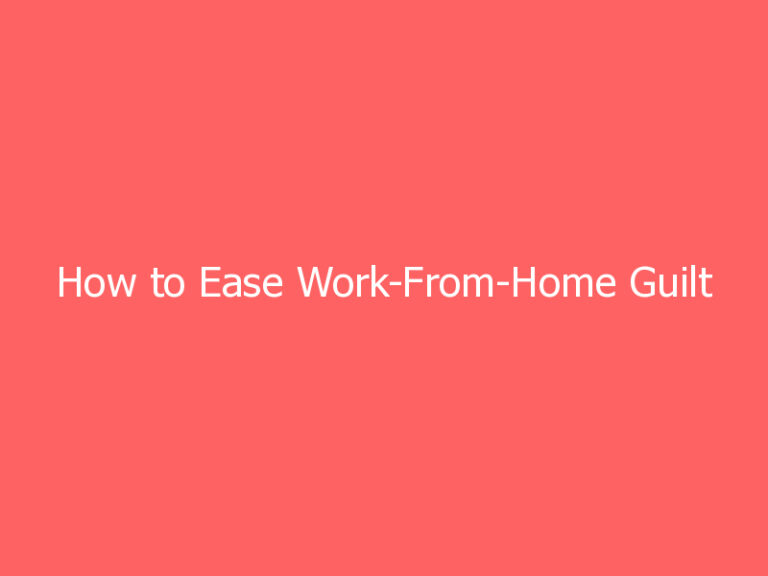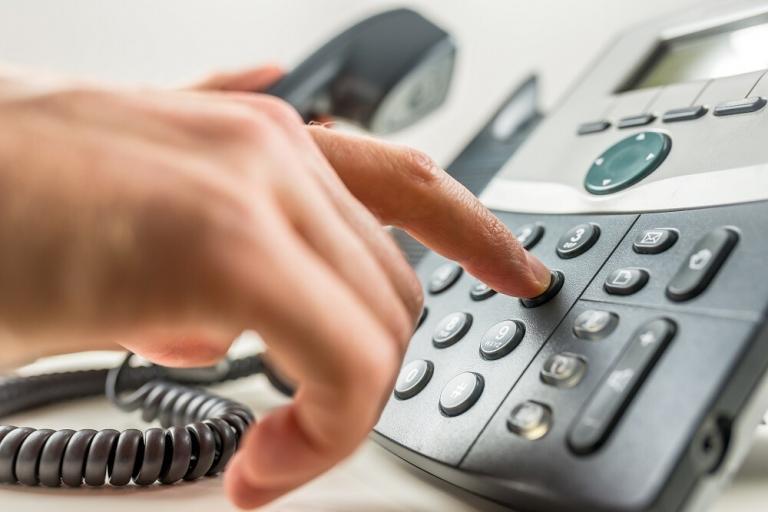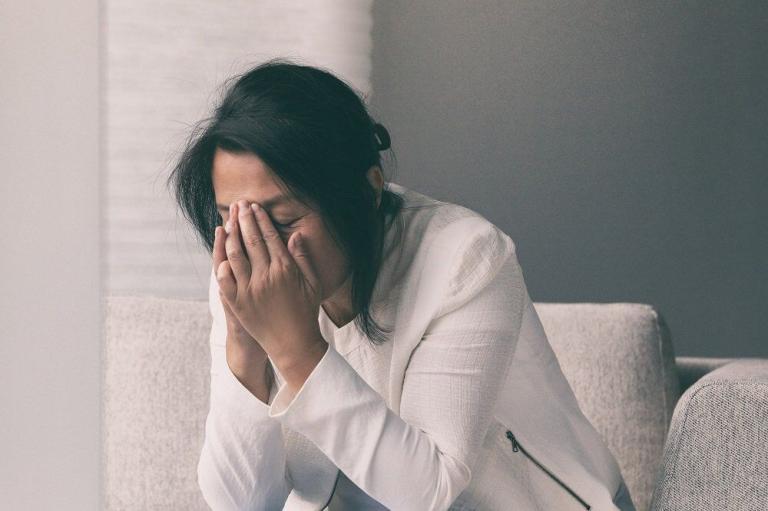7 Million Special Education Students, a Pandemic and Whether Individualized Education Program Compliance Passed or Failed
The topic of litigation exposure that educational institutions may face over their handling of IEPs as the pandemic pushed so many into remote learning is building.
Over the last 18 months, school districts across the U.S. have turned to online learning as a means to educate students.
For some schools, remote learning has proven successful. For others, especially those with established individualized education programs (IEPs) among the student body, they have seen a noticeable difference in students’ academic performance over the past year, with possible modifications needed to their IEPs because of delayed education following the pandemic shutdown.
While the federal government has provided little to no guidance on how school districts should deliver these critical services to students who need them most, school districts have a legal obligation to provide compensatory services to those special education students.
According to Sara Becker, an attorney at Atlanta-based law firm Drew Eckl & Farnham and an expert on the legal requirements for IEPs, there are roughly seven million students with special needs in the United States who each qualify for IEPs.
“IEPs outline the special education instruction and services a child needs to thrive in school, and each program is crafted to meet a student’s unique needs,” Becker said.
“These programs constitute a legally binding document, and a school or school district is required to comply with its terms throughout the duration of the student’s schooling.”
Rules and enforcement of IEPs are covered by the Individuals with Disabilities Education Act, entitling every child to a “free and appropriate public education.”
Dorothy Gjerdrum, senior managing director, public sector & K-12 education practice, Gallagher
As Dorothy Gjerdrum, senior managing director, public sector & K-12 education practice, Gallagher, explained, remote learning provided all kinds of challenges for districts.
Meeting the diverse needs of all students, providing appropriate access and support, and responding to the range of social services that students with special needs require were some of the challenges that school districts faced.
“Although our clients have not seen a lot of claims at this point, it’s possible that these challenges may become claims or lawsuits in the months to come,” Gjerdrum said.
Every educational institution was affected by the pandemic, but the working environment was different state-by-state and even in some cases city-by-city.
As Gjerdrum explained, variations in response to the pandemic will affect litigation, such as mandates on facility closures or wearing masks, as well as the severity and containment of outbreaks.
The potential for lawsuits will depend a lot on the local jurisdiction in which the school is located.
“Another important point is that the potential for litigation arises from more than IEPs; there are also gifted and talented students and the overall population of students that were affected by pandemic restrictions — and many of those restrictions were created by organizations other than the schools themselves,” Gjerdrum said.
Federal Versus State Implications
Carlos Chavez, an attorney with the Pacifica Law Group, Seattle and one of Washington Schools Risk Management Pool’s (WSRMP) leading attorneys on special education hearings and litigation said that it’s important to note that IEPs are a creation of federal law.
“The Individuals with Disabilities in Education Act (IDEA) is a federal statute that provides funding to states in exchange for those states agreeing to a certain floor of procedural and substantive protections for students with disabilities, which ultimately result in an individual child’s IEP,” Chavez said.
However, Congress did not include, nor has it created, any pandemic-related exception(s) to those procedural and substantive protections. But each state has been responding to COVID-19 at a state and local level, with resulting health and safety limitations that impacted day-to-day operations of public school districts without regard to the IDEA’s ongoing requirements.
“So, as states and local school districts closed schools and/or limited in-person learning due to COVID-19 public health requirements over the last year plus, litigation exposure has been created by the lack of flexibility within the IDEA for responding to a pandemic,” Chavez said.
For example, disputes are rising over the following real dilemmas:
How do you appropriately evaluate a child to determine whether their struggles during COVID-19 require creation of an IEP when you cannot do so via face-to-face assessments and/or so many kids are struggling with remote learning and limitations on in-person interactions, how can you determine if a particular child’s responses are disability-related?
How do you implement a child’s IEP when the child’s school is closed and/or you cannot provide all of the in-person services that are necessary to implementation of that IEP?
Who should assume the risk and cost when a private service provider is willing to work in-person with a disabled student, but the public school cannot due to local or state public health restrictions on schools and/or collectively bargained requirements?
Chavez said the inherent tension between state/local public safety decisions, which are influenced by both science and politics, and the unyielding requirements of the IDEA, will create uneven risk profiles across and within states regarding IEP-related claims.
“If one locality had determined it is safe and/or unnecessary to close schools and/or limit regular public school operations due to COVID-19, there will likely be fewer immediate IEP-related claims coming from those localities,” Chavez said.
But that reduced risk profile is not necessarily a function of the individual school district’s choices within those areas, but rather a function of the broader public health/political leanings of that region.
Further, as Chavez explained, there remains risk that by re-opening schools and/or providing in-person learning too soon, public school districts may create other litigation exposure in the form of negligence or tort-based claims, both within their student bodies as well as their work forces.
Carlos Chavez, attorney, Pacifica Law Group
“However, other areas may have responded more conservatively to the public health risks posed by COVID-19 for various reasons by closing schools and limiting re-opening of schools, and the public school districts in those areas may then have more immediate IEP-related exposure solely as a consequence of those broader public health/political decisions by local and state decision-makers,” Chavez said.
As Gjerdrum further explained, it will be challenging to determine responsibility. Restrictions (such as limiting in-person learning) may have been mandated by a state or local government, an individual district or a combination of entities.
“It may be challenging to determine coverage,” Gjerdrum said.
“The question many might be asking is, ‘Would a failure to educate claim be valid when all students are affected — across the country?’ ”
Looking Ahead
The full ramifications of the COVID pandemic on education is yet to be known, and the associated liability landscape may prove challenging for the entities involved, especially since the U.S. Congress and the U.S. Department of Education provided minimal effective relief for public school districts in seeking to comply with the IDEA, while also complying with local and state public health requirements.
However, Chavez pointed out that now as public schools begin re-opening post COVID-19 school closures, school districts are at significant risk of being found responsible for curing both the immediate and long-term impacts of the COVID-19 closures on students with disabilities.
This includes the IEP-related risks noted above.
“But it also includes the ongoing systemic costs of helping entire populations of students with pre-existing disability-related challenges try to re-enter and progress in their re-opened school system,” Chavez said.
“Without additional federal and/or state resources at the systems level (e.g., development of year-round schooling models, increased flexibility and/or funding for hiring qualified supplemental school staff, etc.), individual school districts and their risk pools/insurers may be left to make an entire class of plaintiffs whole on individual IEP-related disputes.”
Gjerdrum said brokers need to educate clients on how coverage would apply to an IEP claim as well as how and whether governmental immunity applies — that varies state by state.
“Given the potential for future liabilities, educational institutions need good record-keeping to track the restrictions — as they evolved,” Gjerdrum said. “And they need to document the decisions made as a result.” &
Based in Minneapolis, Minnesota, Maura Keller is a writer, editor and published book author with more than 20 years of experience. She has written about business, design, marketing, health care, and a wealth of other topics for dozens of regional and national publications. She can be reached at [email protected]
Originally found on Risk and Insurance Read More








